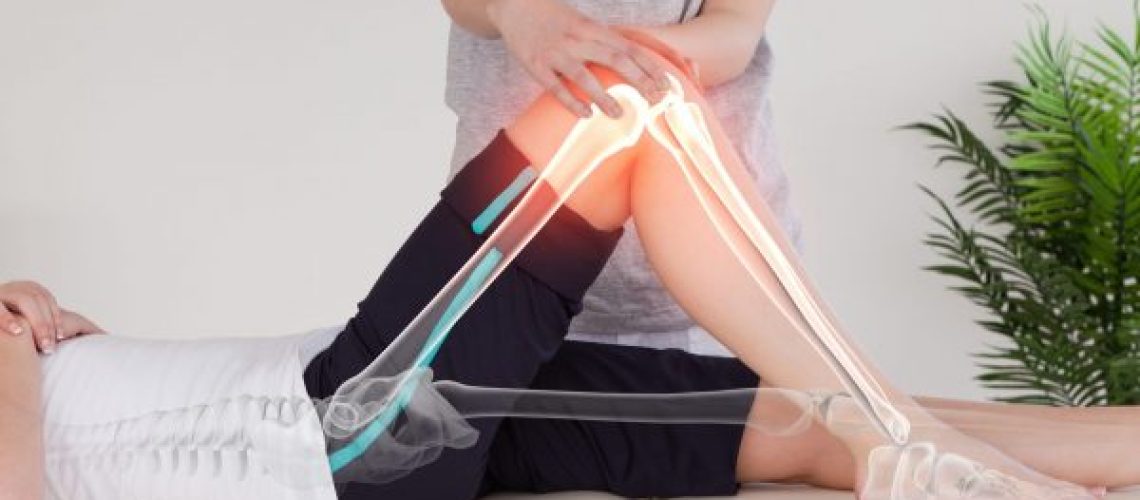Emotional Pain in the Joints
Emotional pain in the joints. It is often the case that a new client will walk into my office, seeking a Reiki session to help them find some solace from the relentless strain that anxiety imposes on their body, mind, and spirit. They come with a hope to find a way to relax and alleviate the distress they are feeling. As part of the comprehensive intake process that I follow, I delve into a series of questions designed to pinpoint and understand their emotional imbalance. This investigative approach enables me to focus on the core issue that the client might be dealing with. It is noteworthy that emotional pain can, and often does, correspond to a specific part of the body.
To illustrate this correlation, consider these examples: fear tends to manifest in the knees, decision-making struggles are often felt in the ankles, pressures stemming from ego can appear in the elbows, and the spine often symbolizes our need for support. Furthermore, the neck is generally associated with one’s willpower, while the shoulders bear the weight of our burdens.
Imagine a scenario where an individual comes to me with a persistent back issue. Through the course of our conversation, it is revealed that they are in a relationship in which they feel a distinct lack of support – this could be emotional, financial, material, or any other form of support. Despite numerous chiropractic treatments, massages, or sessions of physical therapy, the pain seems to persist and always comes back. As we delve into this discussion, I strive to understand the many layers associated with the pain they are trying to alleviate. This deep level of understanding is crucial because the treatment has to be tailor-made to suit the cause. A physical pain arising from a physical cause will heal through physical means, whereas emotional pain in joints necessitates an emotional approach to healing. As we delve deeper into the conversation, the path to treatment begins to unravel.
In our early years, as children, we are naturally equipped with a mechanism to recover from all kinds of pain – we cry. This natural, instinctive response isn’t always required or appropriate in adulthood. Don’t misunderstand me, crying is a powerful release when certain issues or memories come rushing back into focus. I employ techniques that are best suited to each individual case – this could range from the Active Memory Technique from BodyTalk, yogic breathing techniques, to Ho’oponopono from Hawaiian Kahuna practice. The specific therapy used is not as important as the fact that the mind and the heart have made some effort towards healing. I often refer to this as a “permission slip”, borrowing the term from one of my esteemed gurus. Emotional individuals might express themselves through tears, intellectuals often need to engage in discussion and reason, and kinesthetic individuals might require a reassuring hug. We are all unique blends of these personality types.
Unprocessed emotions, those that we fail to address and resolve, can create a certain heaviness and density that is stored in specific areas of our bodies. It’s not surprising that many chronic diseases have been linked to this phenomenon. Various healing modalities, such as Heart Clearing and Trance Channeling, can help alleviate this emotional density from the body. The emotional heart has an extraordinary capacity to heal and forgive almost anything, provided we trust it to serve as a release mechanism. Regardless of the experiences we’ve endured, the heart’s rhythm continues, underscoring its strength and resilience.”
